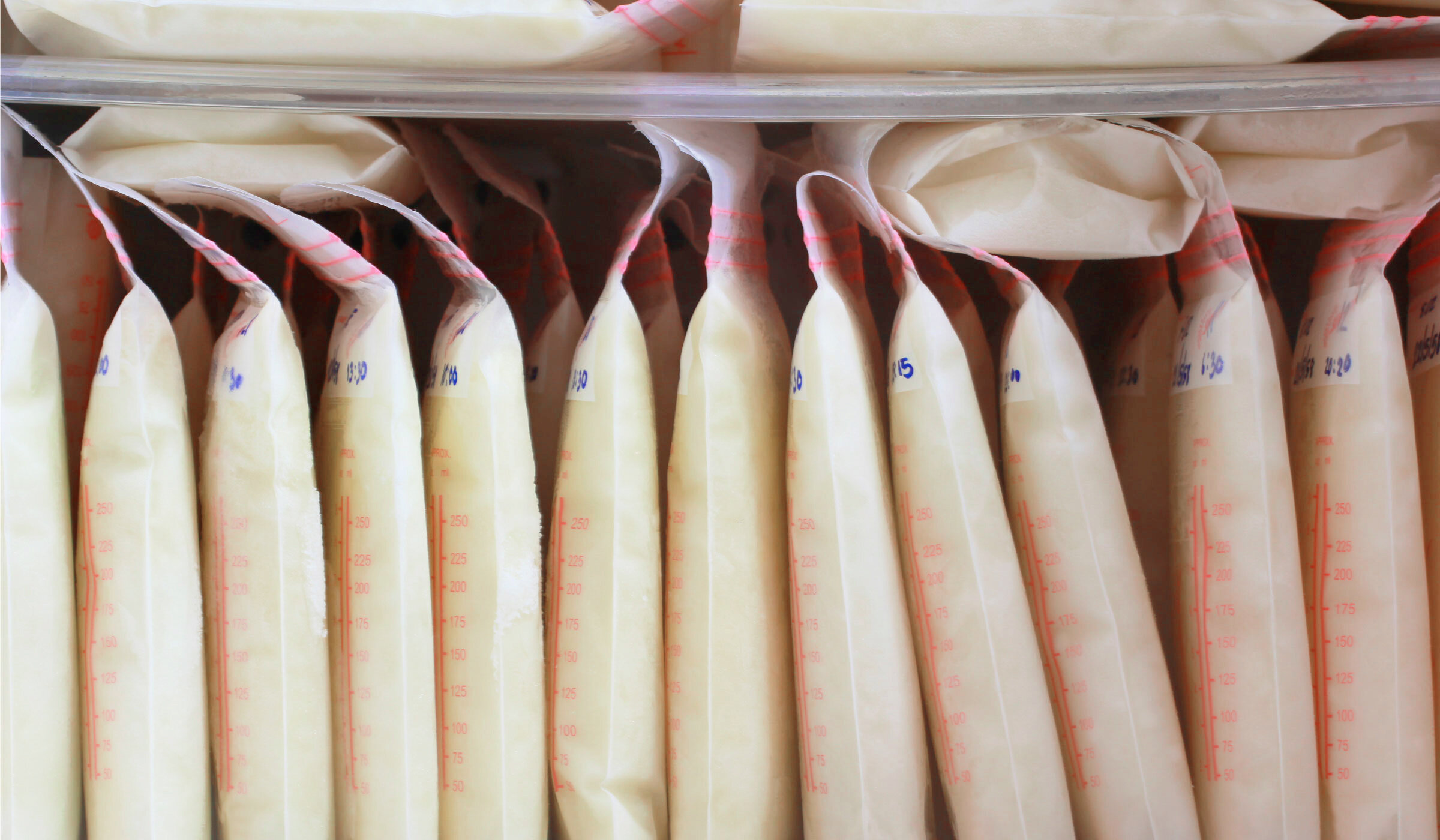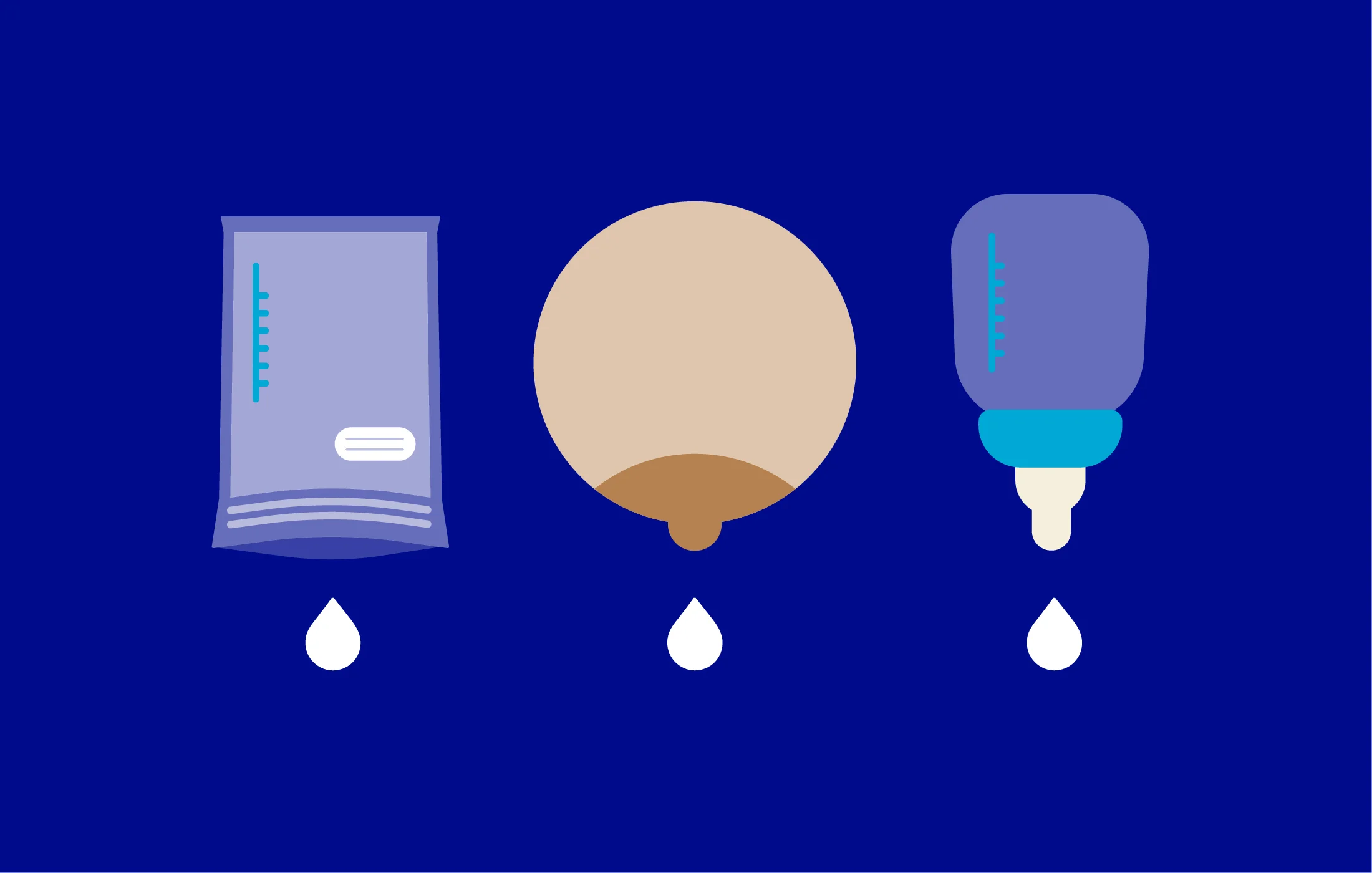5 Tips From a Lactation Consultant
Nobody is born knowing how to breastfeed a baby—that’s why it’s great to have a community of other mamas and lactation pros to show you the ropes and help you troubleshoot when the flowing gets tough. At Mamava, lactation consultant and birth doula Sally MacFadyen has superstar status, having helped over half the moms who work here successfully nurse their babies. So stop the midnight Googling and feel more confident with these top tips from Mamava’s favorite “boob whisperer.”
Breastfeeding is an art, not just a science
There is a lot of science involved in breastfeeding. Skin-to-skin contact and suckling produce hormones that stimulate breast milk (“the let-down reflex”). And breast milk is a dynamic composition that changes depending on your baby’s age and needs. But learning your new baby (not to mention your new milk-making body) is an art. Navigating this new relationship, and figuring out what works for the two of you, can be a challenge because every mama and every baby is different. “Breastfeeding—like life—is an art,” says MacFadyen. “Babies come into the world and we have to get to know them.”
Nipple shields can be a great training tool
There’s some controversy around nipple shields—a soft clear silicone accessory that fits over the nipple—but sometimes they can be a huge help in overcoming latch problems when you’re just starting out. When a mom and her baby are both learning how to breastfeed, “nipple shields are like training wheels,” says MacFadyen. Once they've gotten the hang of it, she can remove the nipple shield. Of course, every woman’s body is different, but a nipple shield may be a better option than pumping when breastfeeding isn't going well in the beginning.
Sucking isn’t always about eating
Breastfeeding is about nourishment—but not always about food. Babies also suck to soothe. Which means mamas could end up feeling like a human pacifier, unsure whether their baby is still feeding or simply hanging out on the boob. To help determine the difference, MacFadyen’s suggestion is this: Put your baby to one breast for 10-15 minutes, and, if they’re still hungry, move them to the other breast for another 10-15 minutes. If, at that point, your baby still wants to stay on the breast, their sucking isn’t about hunger anymore. As long as the baby is clean, warm, and fed, you can feel just fine giving them a pacifier.
There’s a simple trick to fend off a boob-biting baby
When babies start teething, breastfeeding mamas start worrying about little teeth. However, when a baby is latched correctly, their tongue is over their bottom teeth so they can’t actually put their teeth together to bite. In other words, if they’re biting, they’re not nursing. So if baby is starting to chew on your boob, or you think they’re going to, act quickly! But don’t pull them away. Instead, bring that baby right into your bosom, suggests MacFadyen: “it’ll surprise them and they’ll move away to breathe.”
It's smart to be bossy—nice bossy
Tell them what you want, what you really, really want. Ideally before baby comes, sit down with your partner and prioritize what chores are important to you. What makes you crazy? Not having a healthy meal? No time for a shower? Laundry all over the place? Being clear about what you need will help your partner know how to support you. And when someone asks you what they can do to help, you’ve got a list! Revisit the list as needed. At some point, you might want a break holding the baby; other times, you might just want someone to do your dishes. Ask for the support you need—it’s not selfish. After all, says MacFadyen, “happy mothers make happy babies.” For more of MacFadyen's expert advice and calm wisdom watch the Pumpcast.
Mamava designs solutions to empower breastfeeding and pumping parents on the go, like our freestanding lactation pods, Mamava’s lactation space locator app, and other helpful resources.
More breastfeeding resources























